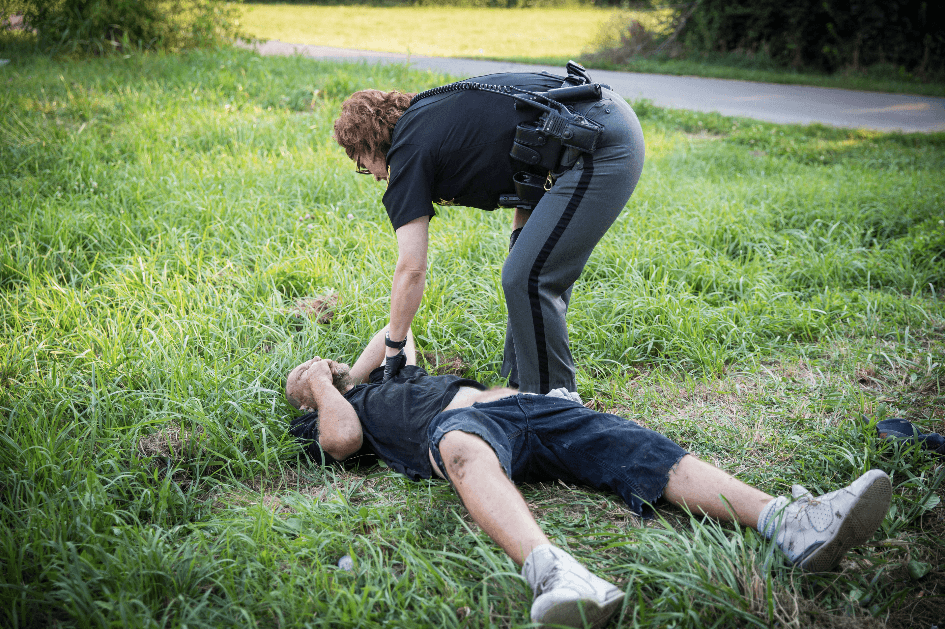America’s seemingly insatiable desire for opioids is driving up overdoses to a level beyond what has ever been seen before.
Drug overdoses are now the leading cause of death for Americans under 50.


America’s seemingly insatiable desire for opioids is driving up overdoses to a level beyond what has ever been seen before.
Drug overdoses are now the leading cause of death for Americans under 50.